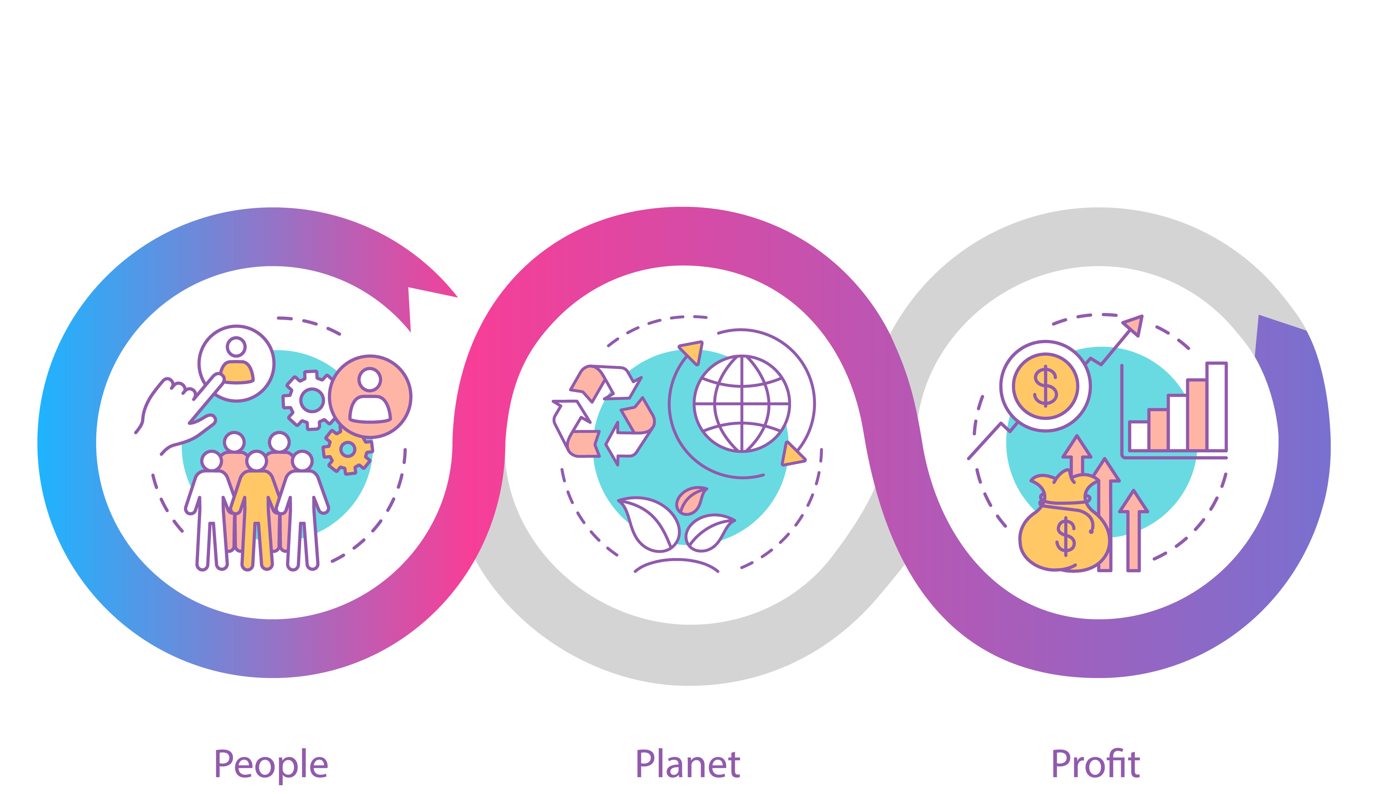
The scope of European Union legislation, in the field of accelerating and harmonizing rules on sustainable finance, has expanded considerably in the past few years and is gradually broadening.
SFRD regulatory technical standards
A key cornerstone of the legislative framework is certainly the "Regulation on Sustainability Disclosure in the Financial Services Sector" (SFDR), which was proposed in 2019 and subsequently came into force in March 2021, essentially aiming to channel private and financial institution capital into sustainable and ESG-compliant activities.
To achieve this goal, the SFDR aims to make investment funds more comparable in order to provide detailed information to investors, enabling them to make an accurate selection of the assets in which to invest by having specific disclosures on the composition of sustainable assets within them (Green asset Ratio).
The legislation finds its place in the overall framework of the "European Union Action Plan for Sustainable Finance," in close contact with the technical requirements enshrined in the EU Taxonomy and CSRD.
The objective is in fact common in the three regulations and it is, essentially, on the one hand, to facilitate and encourage access to the capital market by companies committed to sustainability, and, on the other, hand to increasingly expand the mesh of disclosure of sustainable investments, enabling investors to have a clear view of the peculiarities of the landscape of ESG criteria, accompanying and integrating them into the investment objectives pursued.
The Sustainable Finance Disclosure Regulation, or SFDR, is therefore designed to make it easier for investors to distinguish and compare the many ESG investment strategies, which are available to date, and to make this approach finalized, the following guidance will be implemented from January 2023:
- managers will be required to state the expected percentage in the portfolio of sustainable investments;
- state how much of the portfolio is aligned with the Taxonomy decided by the European Union;
- state what are the main negative effects of the asset allocation decided by the manager.
"Sustainability risks" and "Principal adverse impacts"
Specifically, the SFDR regulation will require firm-level disclosures from investment management companies and investment advisors regarding disclosure and reporting on two key considerations, namely sustainability risks and principal adverse impacts (PAIs), in order to achieve the goal of accelerating the process of transitioning finance to ESG investments by increasing transparency and creating unambiguous standards.
The legislation, at its core, presents a clear definition of "sustainability risks" and PAI or "principal adverse impact," identified as follows:
- "Sustainability risks" are defined as environmental, social or governance events or conditions, such as climate change, that could cause a substantial negative impact on the value of an investment.
- "Principal adverse impacts" (PAIs) are any negative effects that investment decisions or advisors could have on sustainability factors. Examples might include investing in a company with business operations that contribute significantly to carbon emissions or that has poor water, waste, or land management practices.
In the present case, this will affect the drafting of financial disclosures, with respect to the two key areas listed above, and will therefore require both management companies and financial advisors to make explicit a policy for integrating sustainability risks into investment decision-making and also for the insurance field.
At the product level, on the other hand, both management companies and advisors will have to integrate financial disclosures by publishing an assessment of the likely impact of sustainability risks on product returns.
Regarding the second area analyzed, i.e., PAIs, management companies will need to integrate consideration of the major adverse impacts of investment decisions on sustainability factors, along with declaring due diligence policies and keeping them up-to-date on company websites.
SFDR's classification of investment funds
EU SFDR regulation aiming to help investors choose among financial products in the market, has established a classification of investment funds, dividing them into three distinct groups based on the level of importance of commitment to sustainability.
For each of the three categories of funds, there are, in addition, binding investment criteria with specific disclosures. These categories align with Articles 6, 8 and 9 of the EU SFDR and can be summarized as follows:
- "Article 6" strategies integrate environmental, social and governance (ESG) considerations into the investment process, or explain why sustainability risk is not relevant, but do not meet the additional criteria of Article 8 or 9 strategies .
These products are referred to as "neutral" and thus have no binding control of sustainability in their investment process and may include stocks that can be excluded from funds focused on ESG factors.
- "Article 8" strategies promote social and/or environmental characteristics and may include sustainable investments, but do not have sustainable investments as their main objective.
This includes funds that promote environmental or social characteristics, i.e., The E and S of the ESG acronym, or a combination thereof, provided that the companies in which investments are made follow good governance practices, the G pillar of ESG criteria.
- "Article 9" strategies are the only ones in the SFDR regulations that have a stated sustainable investment objective, and products that comply with this article are referred to as funds targeting sustainable investments. To qualify as Article 9, investment funds are required to demonstrate and make disclosures on the full integration of ESG factors into product management, going to influence the entire investment decision-making process.
On the product side, it must also aim to create positive change for the environment or society, which is in line with one or more of the UN SDGs while meeting the 'do no significant harm' principle of the EU Taxonomy”. To be compliant with Article 9, asset managers will eventually be required to put in place a formal Engagement policy that requires active investor participation.
The Sustainable Finance Disclosure Regulation thus stands as a building block on the finance side, to develop rigorous standards of disclosure and reporting, just as CSRD pursues the same goal in the Corporate and SME worlds, with the common goal of accelerating and directing investment and business activities, toward the sustainable transition.
In fact, on the one hand SFRD and on the other CSRD are found to be two mirrored sides of the same coin, having in fact both origin and foundation in the principles enshrined in the European Taxonomy, pursuing the declared and common goal of promoting, in a systemic way and as quickly as possible, the change of the paradigm of finance, so that it is not only limited to integrating ESG criteria in a mitigating perspective, but is itself fully classifiable as "sustainable finance."



